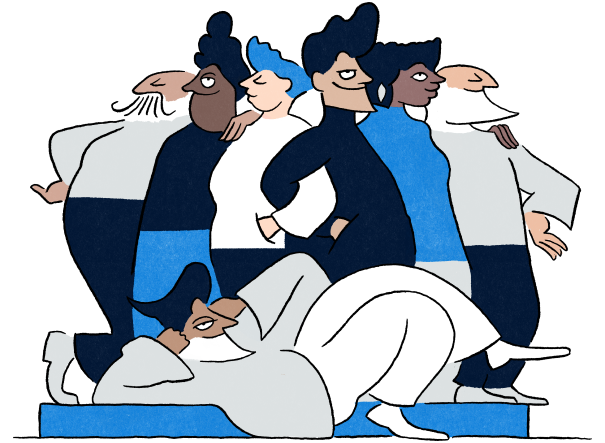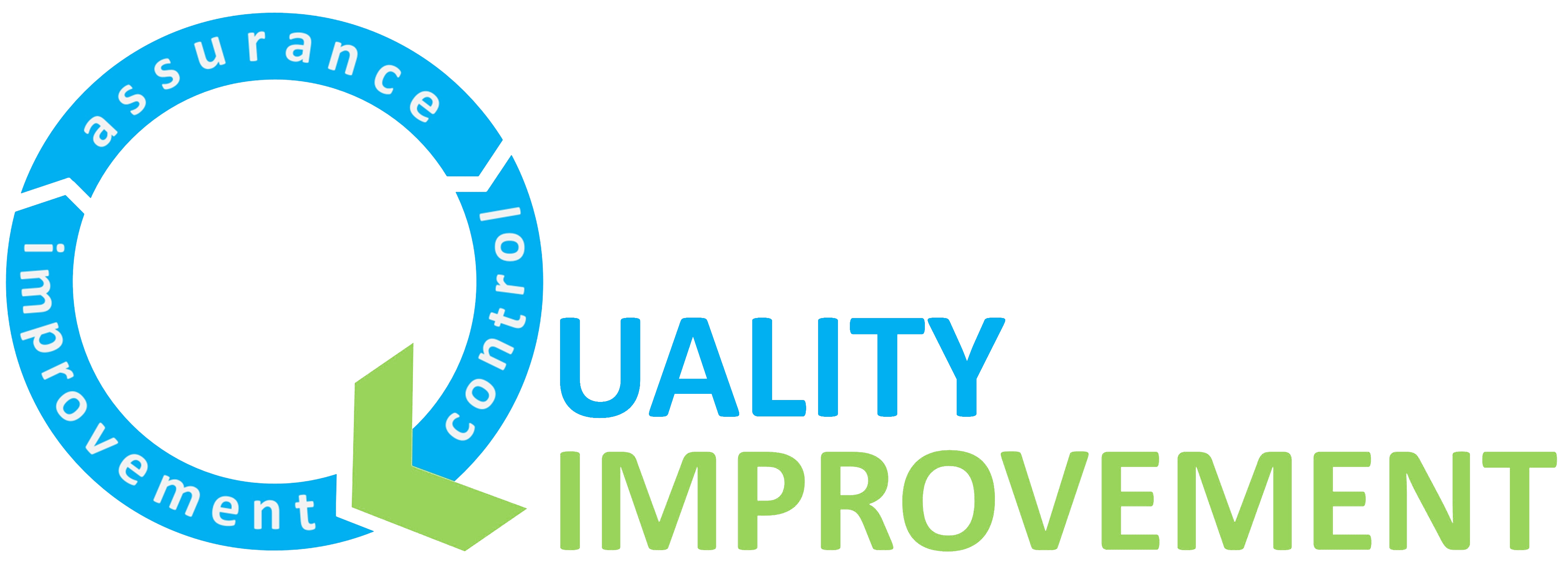
A Collaborative Approach to Reducing Waiting Times
20th September 2021
By Candace Sinclair, Improvement Advisor and Dr Laura Checkley, Consultant Psychiatrist, Hackney Integrated Learning Disability Service
In this six-minute read, find out how Dr Laura Checkley and the City and Hackney Integrated Learning Disability Service (ILDS) galvanized energy for Quality Improvement during the Covid-19 pandemic and how they used working virtually to their advantage resulting in a significant reduction in waiting times for service users.
Below: Dr Laura Checkley, Consultant Psychiatrist, Hackney Integrated Learning Disability Service
In October 2020, Dr Laura Checkley and the Integrated Learning Disability Service (ILDS) team were concerned that the Covid-19 pandemic was impacting waiting times for their service. Clients access the service via referral from GPs, statutory and voluntary organisations, family and carers or by self-referral, after which psychology and occupational therapy assess whether they have a Learning Disability. Due to many people needing this eligibility assessment, long waiting times have always been a challenge but with lock-down preventing face to face appointments, this only exacerbated the issue. Aware that the backlog would only continue to worsen if left, Dr Checkley saw an opportunity to apply a Quality Improvement approach and initiated a Quality Improvement (QI) project.
This was a multidisciplinary team effort including psychiatrists, psychologists, occupational therapists, physiotherapists, community nurses, speech and language therapists, social workers, dietitians and administrators.
Between the project starting in October 2020 and July 2021, there was an extensive reduction in the waiting time from referral to completion of eligibility assessment from a baseline average of 296 days to an average of 89.3 days, representing a 70% reduction which continues to be sustained.
 Figure 1. I Chart to show days from referral to assessment completion
Figure 1. I Chart to show days from referral to assessment completion
Candace: Why this project and why was it important to prioritise this work?
Laura: Waiting times in the ILDS service were a big and messy problem without an obvious solution but it was important to prioritise because it felt unacceptable that some people were waiting longer than one year for an eligibility assessment. The service also had to stop doing these assessments during the first Covid-19 lockdown which had a knock-on effect. Prioritising this project made sense because it was core to our Covid-19 recovery plan from the outset and there was an opportunity to create a sustainable system where there was not one before.
Candace: What was the expected impact on service quality/service user experience?
Laura: Everyone involved agreed that in order to have a high-quality service, people shouldn’t have to wait such a long time to be assessed. The delay causes frustration for service users and becomes a challenge for staff when the assessment finally takes place. The project gave staff, who had been working in an unprecedented situation, ownership and the opportunity to think of creative solutions to a shared headache.
Candace: Why was it important for others to be involved and how did you engage the team?
Laura: We are a multidisciplinary health and social care team, and it was therefore important to represent everyone, from the bottom up. Eligibility is everyone’s business as all staff in the team are involved in this process from those answering phones, behind the scenes admin support to service managers making resource decisions. The project could not have worked without those involved in the process being part of developing the solution. Buy-in from across the service was easy because they were being invited to be actively involved from the start and because everyone felt like equal partners, this continued despite staff turnover. It also helped that this was identified as a key priority for the service and something that would have been worked on regardless of quality improvement application.
As all staff were working primarily from home for the first half of project and even now with a hybrid working model, all meetings have been held online via Google Meets enabling everyone to join from anywhere and from any device. This kept attendance high at project meetings as it provided a flexible and inclusive way of engaging and participating.
Candace: Did using a quality improvement approach change the way you would have normally tackled a problem like this? If so, how?
Laura: Using a QI approach enabled us to consider all aspects of the problem and get the opinions of a wide range of stakeholders. Everyone has been involved in some way in this process and we have been able to bring them on-board to develop the solutions from their perspectives.
QI allowed us to use a bottom-up approach rather than top-down management approach where we would have been telling people the solutions. We would not have tested our ideas; we would have instead tried to implement them and when that failed, we would have had no data to back up the change idea or why it failed.
QI empowered us to test out a range of ideas, and adapt them along the way, with data to back up what we were doing and why. Starting small, tweaking, and moving at the speed we wanted.
Candace: Any bright moments you would like to share?
Laura: We had a lot of fun with technology – Google Jamboards was excellent, we developed a way of using live “dot voting” and we made use of a relative attribution system on google sheets to select change ideas to test. Jamboards allowed us to virtually collaborate in an inclusive and visual way. Having all our work live and available online to review at subsequent meetings was incredibly helpful.
The ILDS only joined ELFT in summer 2019 and the service had had no previous engagement with QI methodology, the opportunity to be involved in this project – the fun, the learning, and the success – led to several staff participating in the Improvement Leaders Programme. The team now see QI as an integral part of making changes (both daily improvement and to address bigger pieces of work).
The structured approach to QI has brought us together as a team – with staff learning new skills they were not expecting to, and it is now a new aspect in our career development plans.
Candace: If you could do the project again is there anything you would do differently?
Laura: We would have greater service user involvement, the whole project was remote and digital poverty and access to technology was a real barrier to service user engagement with the service in general and within the project.
There is a newly created post, People Participation Lead for Learning Disability Services within the Trust that will help us to really involve people with learning disabilities in a meaningful way and we will connect with them to support Service User involvement in future QI projects.
Most Read Stories
-
Why is Quality Control important?
18th July 2018
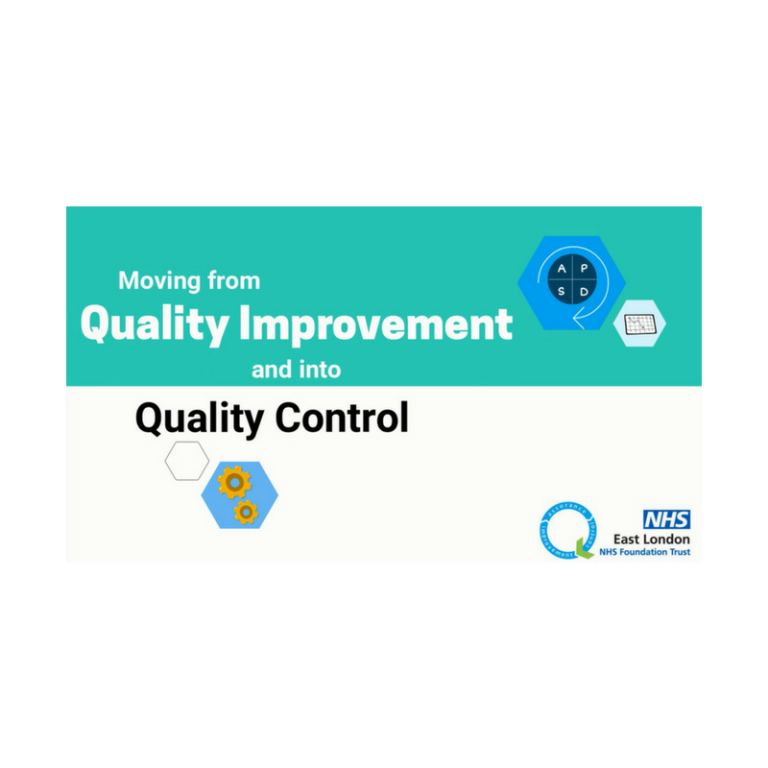
-
An Illustrated Guide to Quality Improvement
20th May 2019
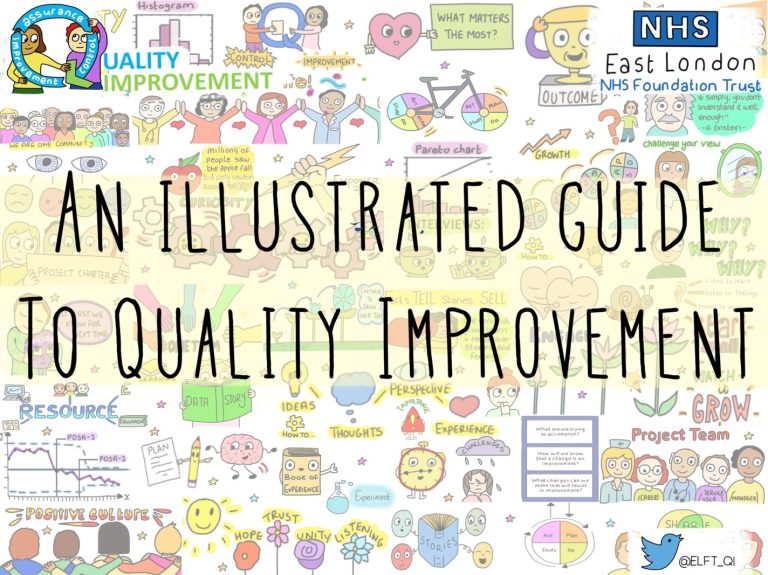
-
2016 QI Conference Poster Presentations
22nd March 2016
-
Recognising Racism: Using QI to Help Take Action
21st January 2021
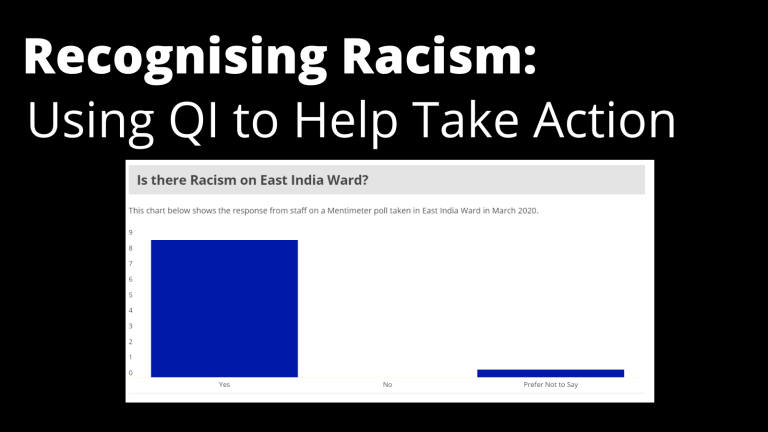
-
Using data enabled us to understand our problem
31st March 2023
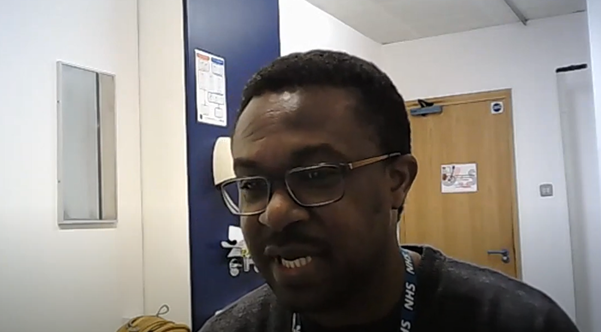
-
QI Essentials: What does a Chief Quality Officer do?
18th March 2019

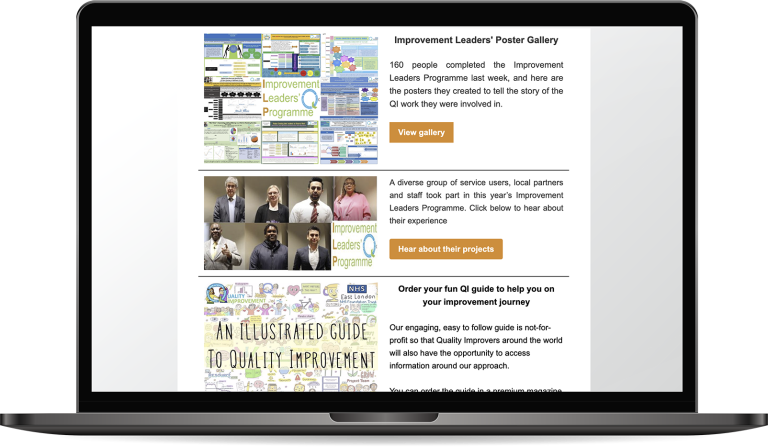
Follow QI on social media
To keep up to date on the latest concerning QI at ELFT, follow us on our socials.
